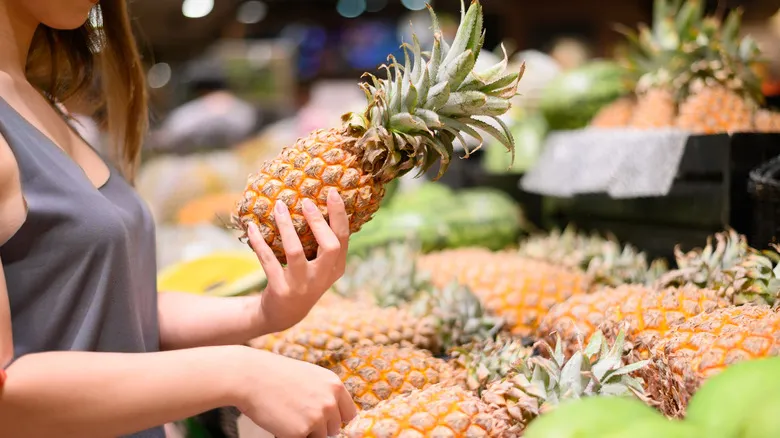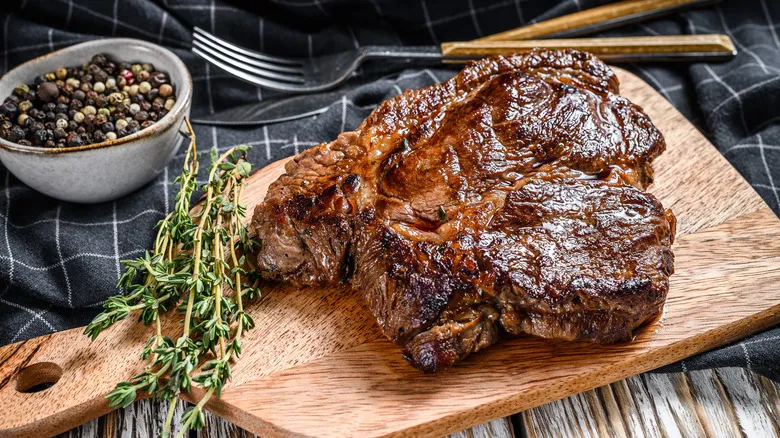More tips for picking a juicy pineapple
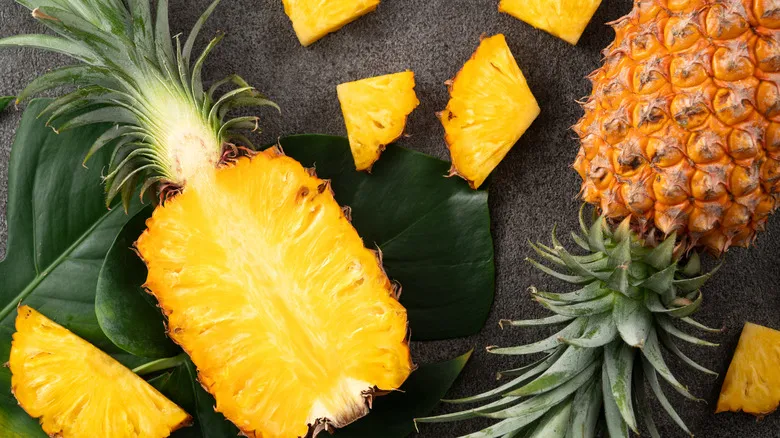
Pineapple is not only delightful on its own, but it also serves as a vital component in a variety of dishes and beverages. Whether you're crafting a Southern sandwich featuring pineapple, preparing grilled pineapple inspired by piña coladas, or using pineapple planks for your grilled fish, this tropical fruit can enhance countless recipes. To achieve the best balance of sweetness and tanginess, it's essential to select a ripe one, which is where the leaf-picking test comes into play.
However, testing the leaves isn't the only method to determine if your pineapple is at its peak ripeness. In addition to pulling a leaf, you can assess the color, weight, and firmness. Ripe pineapples should exhibit a light to medium yellow hue (a touch of green is acceptable). A very dark yellow or orange indicates overripeness, while excessive green suggests the fruit is unripe. Examining the bottom of the pineapple can also help you gauge the appropriate color of the fruit.
You can also compare a few pineapples to see which one feels heavier. The heavier the pineapple, the riper and juicier it is likely to be. In addition to weight and color, you can assess ripeness by gently squeezing the center of the spiky fruit. A perfectly ripe pineapple will be firm with a slight give, while an unripe pineapple will feel completely solid, and an overripe one will feel quite spongy.
Recommended
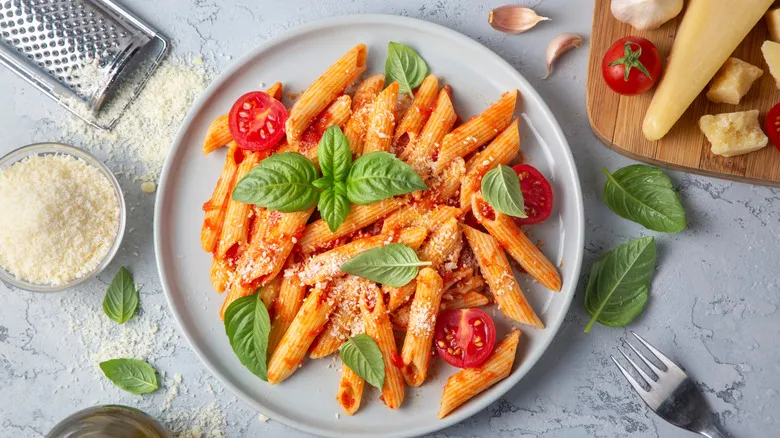
The Pasta Swap That Gives Your Favorite Recipes A Hearty Upgrade
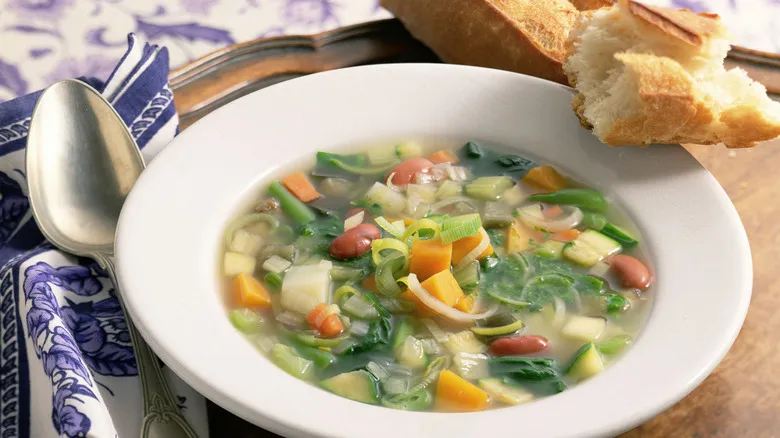
Revive Leftovers By Turning Them Into Hearty Soup
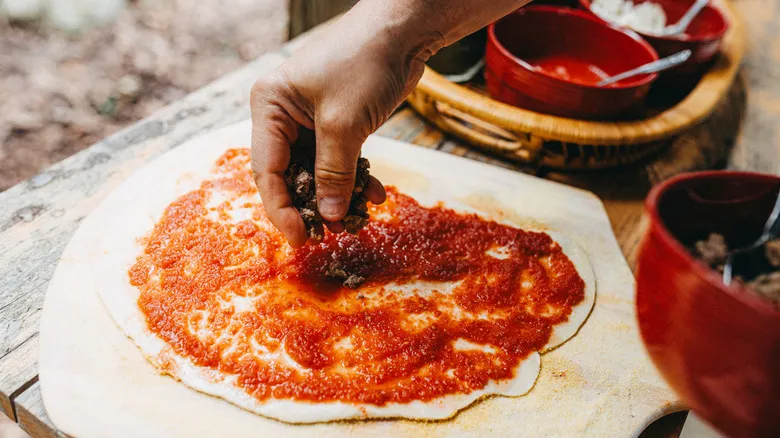
The Risk You Might Be Taking With Homemade Pizza Toppings
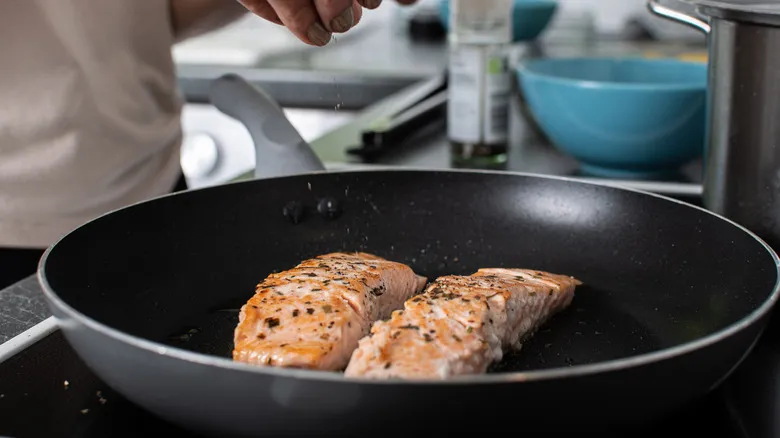
The Important Step You Need To Take Before Your Fish Touches The Frying Pan
Next up

